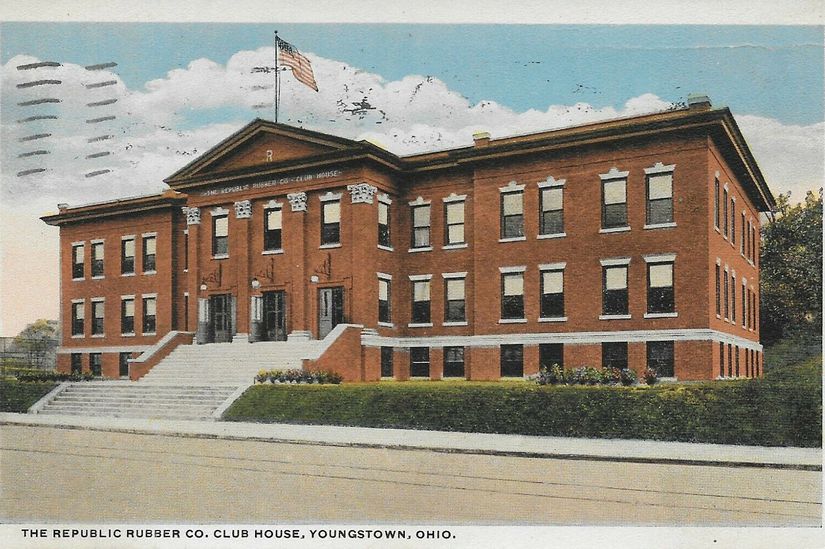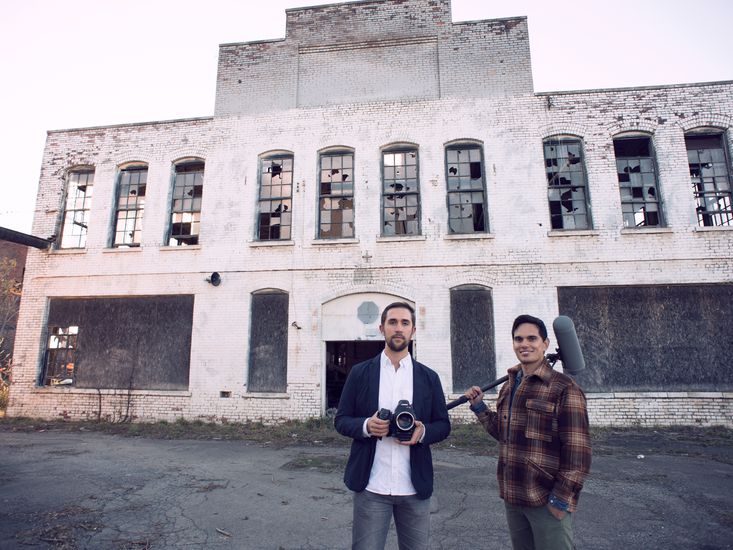Industrial Wasteland
Times change, and there's no greater reminder than the remnants of industries that once were. Some were rendered obsolete by new technology and others simply couldn't keep up in economic downturns, leaving entire communities devastated by the loss of a single company. Often outdated factories get demolished or replaced, but in some cities and towns, the husks of old factories remain as eerie reminders of a time that couldn't last. Here are some abandoned factories you can still see across the country — and what they were like in their heydays.
Related: Once Popular Tourist Hotspots That Are Now Totally Abandoned































